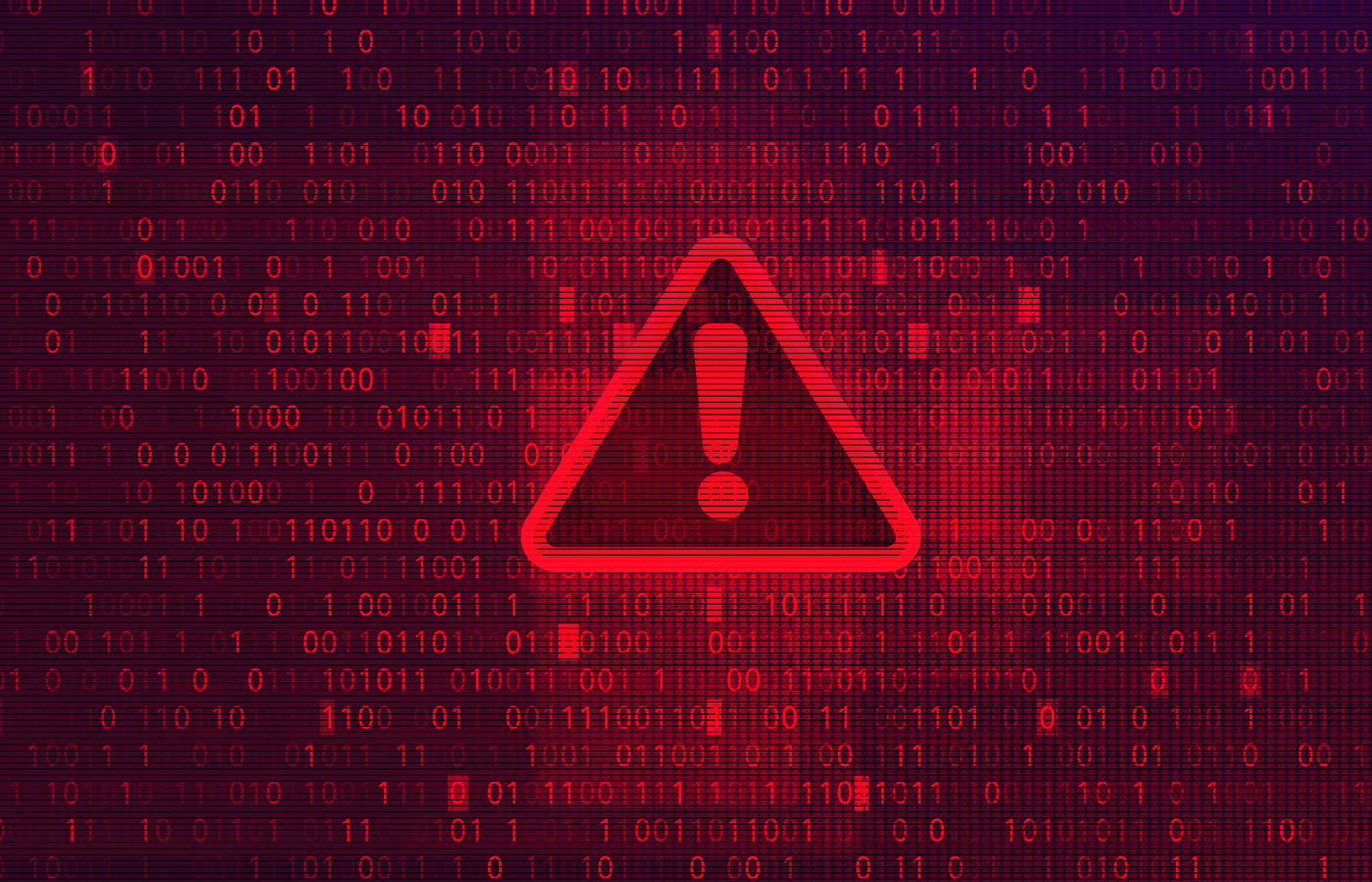Protecting your organization from IT security risks is an ongoing, fluid task. Proactively identifying, mitigating and remediating security threats is one of the biggest challenges today’s global businesses face. As a savvy tech leader, you are likely hyperfocused on performing security risk audits to keep your networks strong and protected. Automated security risk assessments can be a good way to take your cybersecurity defenses to the next level and make your organization more efficient at the same time.
Components of Security Risk Assessments
Security risk assessments are one of the best measures your organization can take to protect the organization from cyber threats. As technology and business change, threats evolve and the internal or external landscape of your business fluctuates, so these routine audits play a pivotal role in keeping danger at bay. Your security risk assessment will most likely be aimed at measuring the security strength or weakness of the organization as well as checking in on compliance requirements and industry frameworks. Your security assessment should include audits of things like:
- Access to systems and data
- Open ports and other vulnerabilities
- Endpoint protection
- Password protocols
- Patch management
- Encryption strength
- Mobile devices
- IT policies and training
- Data backups
- Cybersecurity preparedness/insurance
- Internal/external scans
With security risk assessments, the cybersecurity professionals within an organization can clearly see the efficiency of the organization’s controls, determine risk factors, come up with detailed plans and solutions, detect vulnerabilities and offer options to alleviate them.
Here are a few core components of cyber risk assessments:
- Penetration testing: This type of security risk assessment, also referred to as “penetration testing,” is aimed at simulating what a cyber attacker can see and how your system’s security measures will stand up to the test.
- Risk assessment: A risk assessment quantifies what you have to lose (i.e., what information assets could be impacted by a possible cyber attack, including hardware, systems, laptops, customer data and intellectual property), and then assesses the risks of losing control of these assets during a cyber event.
- Vulnerability assessment: Vulnerability assessments outline the known places where your system is vulnerable. The goal is to continue to monitor, prioritize and close gaps where possible in these areas.
- Compliance assessment: A compliance assessment checks to see if your security and data controls meet regulations like GDPR, CCPA, HIPAA and PCI-DSS. Failure to meet appropriate compliance and data privacy rules can cause more than cyber risks. It can lead to fines, legal challenges and all manner of trouble.
Manual risk assessments can be risky
Like most areas of technology, manual workflows are more than just inefficient. Staff turnover, demanding workloads, human error and subjectivity can cause the manual process to fail. Not to mention that when a tech team is freed up from executing on manual tasks, they are available to work on meaningful projects that support the overarching goals of the business.
There is no sweeping, one-size-fits-all protocol for manual vs. automated security risk assessments. Some tests may just have to be run manually because your systems may not allow completely automated assessments. Manual assessment can work in tandem with your automated security risk assessment to ensure all bases are covered.
What automated security risk assessment looks like today
Assessing cybersecurity risk on a routine basis is one of the most important roles you can play as a tech leader in your organization. For a robust cybersecurity assessment program, it’s imperative to automate as much as possible. Your automated security risk assessment tool will ideally aggregate levels of security from a myriad of sources, provide a dashboard view of your security status and be set to sound an alert should something change.
Manual and automated security risk assessments bring differing elements to the table and may be the combination you need to keep your business safe from threat. By finding the perfect mix of manual vulnerability scanning along with cutting-edge automated tools, technology departments no longer have to settle for only one option. It’s possible to find all the protection you need from a couple of sources that perform different yet complementary duties.
Automated security risk assessment tools
There are a number of tools that can play a role in automated security risk assessments. Vulnerability management, GRC and breach and attack simulation are a few such tools.
There are also comprehensive tools that can do the work for you, like RSA’s Archer suite, and IBM, MetricStream, ServiceNow, NAVEX Lockpath and SAI are other integrated risk management leaders, according to Gartner.




